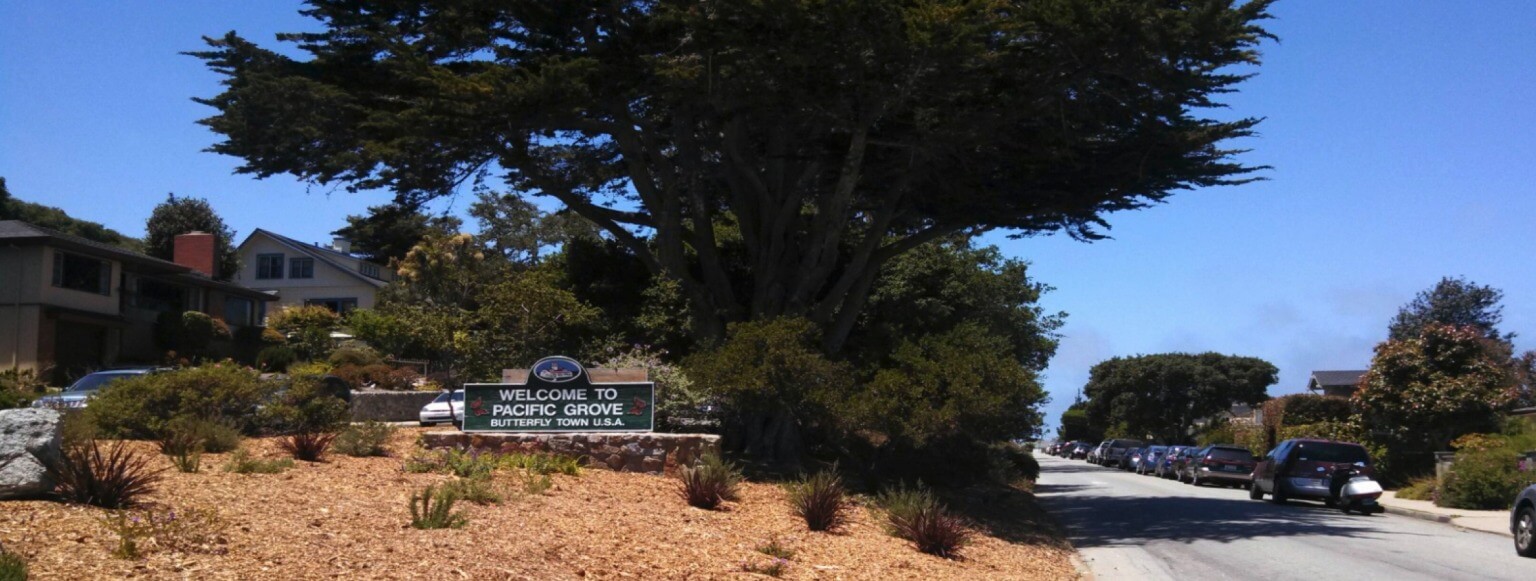
PUBLIC SERVICE
- Member of the Board of Directors of the Central Arizona Water Conservation District – Central Arizona Project
– Also serve on the CAP’s Groundwater Replenishment District - Member of Scottsdale’s Citizen’s Bond Oversight Committee ($319 million bond)
- Member of the Board of Directors – Troon North Association
- Served on Pacific Grove city council for eight years
Served on the Board of Monterey One Water for five years – two as Board Chair - Served on Library Board, Recreation Board and Golf Links Advisory Committee in past
- Council liaison to Planning Commission and Architectural Review Commission